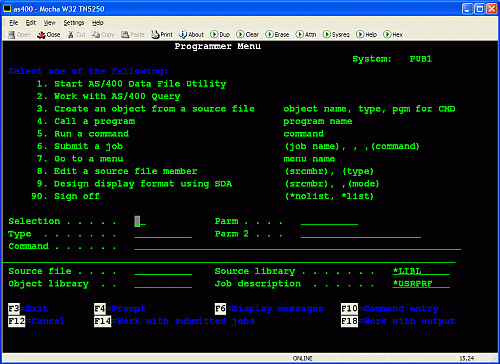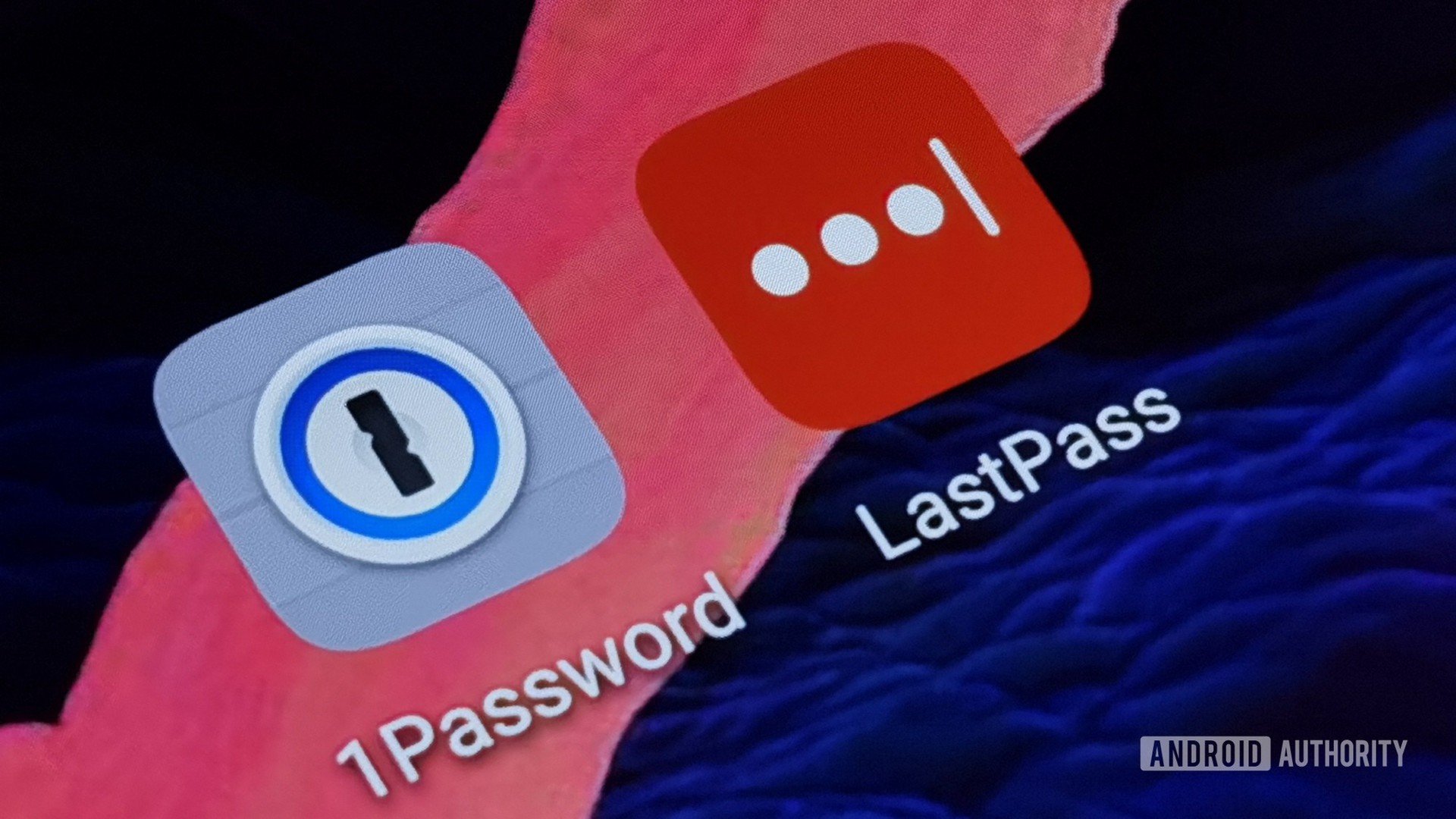Last Pass Mac App Not Login
LastPass Case: 13513889 the Android app is still showing last pass premium even though it's expired. I've reset, uninstalled, cleared data etc. 2020-06-23 00:36:31.
Hello,
Sounds like FileVault is enabled on your Mac. In this case, macOS isn't even booted yet when the login window appears, and your Mac is actually running off of the Preboot volume in order to permit you to unlock your Mac. Your Mac only starts to actually boot when you've unlocked the system by entering your login password. Because of this, and due to the fact that Safe Mode conducts its checks as the system boots, you'll still have to log in before Safe Mode actually runs checks on your Mac as it starts up.
These steps may fix the issue:
Reinstalling macOS High Sierra:
1. Ensure that you're connected to Wi-Fi. Obviously, your Mac can't contact the recovery server if it isn't connected to the Internet. To connect to Wi-Fi, click the Wi-Fi icon in the top right corner while booted in Recovery Mode, then select your network. Alternatively, you can boot Recovery Mode over the Internet by holding down Option-Command-R while you turn on or restart your Mac.
2. If the first step fails to resolve the issue, try imaging Recovery Mode onto a USB flash drive. You'll need a working Mac in order to do this. Instructions for imaging Recovery Mode onto a USB flash drive can be found here: How to create a bootable installer for macOS - Apple Support
Check for and repair filesystem or startup disk errors:
Boot Recovery Mode, then open Disk Utility when the Utilities menu appears. Select Macintosh HD, then click on Mount. Enter your login password when prompted. Then, when Macintosh HD has been mounted, click on First Aid. Your Mac will check the startup disk for any errors and will attempt to repair the drive if necessary. If Disk Utility reports that it was successful, restart your Mac normally and see if you are able to log in and use your Mac. If not, try booting in Safe Mode. You'll still have to log in before Safe Mode starts doing its work.
Decrypt your startup disk, if necessary
Last Pass Mac App Not Login Password
If your Mac still fails to start up in Safe Mode, you may want to temporarily decrypt your startup disk. This will result in Safe Mode being able to run its checks and repairs before the login window appears. To do this, boot your Mac normally and wait up to a minute on the login screen. When a message appears at the bottom of the screen, press and hold the power button on your Mac (Touch ID for Touch Bar models) until it powers off. Then, power on your Mac. It should proceed to boot Password Reset Assistant. When the Assistant appears, choose 'My keyboard doesn't work' from the list of options. Then, enter your login password to start decryption of your startup disk and turn off FileVault. If that's successful, restart your Mac normally and see if it can bring up the login window. If so, you're good to go. If the progress bar is stuck underneath the Apple logo, try booting in Safe Mode to see if that resolves the issue.
Restore from a previous Time Machine backup
This is almost a last resort option. If nothing else works, and you made a backup before this issue began, boot Recovery Mode and select Restore from Time Machine from the list of utilities. You'll be guided through the steps of restoring your backup onto your Mac.

Wipe your Mac and start fresh
If absolutely everything else fails, you may need to erase everything and start over on your Mac. If you have another Mac and a Thunderbolt cable, boot Target Disk Mode on your malfunctioning Mac by holding down the T key while you restart or turn it on. Then, connect your Mac to your other Mac via the Thunderbolt cable. On your working Mac, enter the login password for your malfunctioning Mac when prompted, then copy over any files you want to keep.
Lastpass App Not Working
Once you've recovered any files you want to keep, press and hold the power button on your malfunctioning Mac to turn it off. Then, boot Recovery Mode over the Internet by holding down Option-Command-R while you turn on or restart your Mac. Alternatively, you can also use a USB flash drive with Recovery Mode for this procedure. When the Utilities menu appears, open Disk Utility and format (erase) the top level of the drive as follows:
Stock master app for mac. Siegfried Layda/Getty ImagesStocks Tracker offers free real-time streaming quotes, portfolio tracking, and real-time market alerts. You can track multiple portfolios or watchlists, plus global indices, and commodities.Detailed stock information includes price and volume data, news, and earnings for the past six quarters and the next earnings date, which you can add to your calendar. There more than 50 technical indicators and overlays available so you can take advantage of advanced charting capabilities.Cost: Free. In-app purchases range from $1.99 to $49.99.
Name: Whatever you want, but I recommend Macintosh HD

Format: Mac OS Extended (Journaled)
Scheme: GUID Partition Table
When formatting is finished, quit Disk Utility and select Install macOS. This will reset your Mac to factory settings and obliterate any data stored in your Mac.
Hope this helps!
Mar 31, 2018 9:08 AM